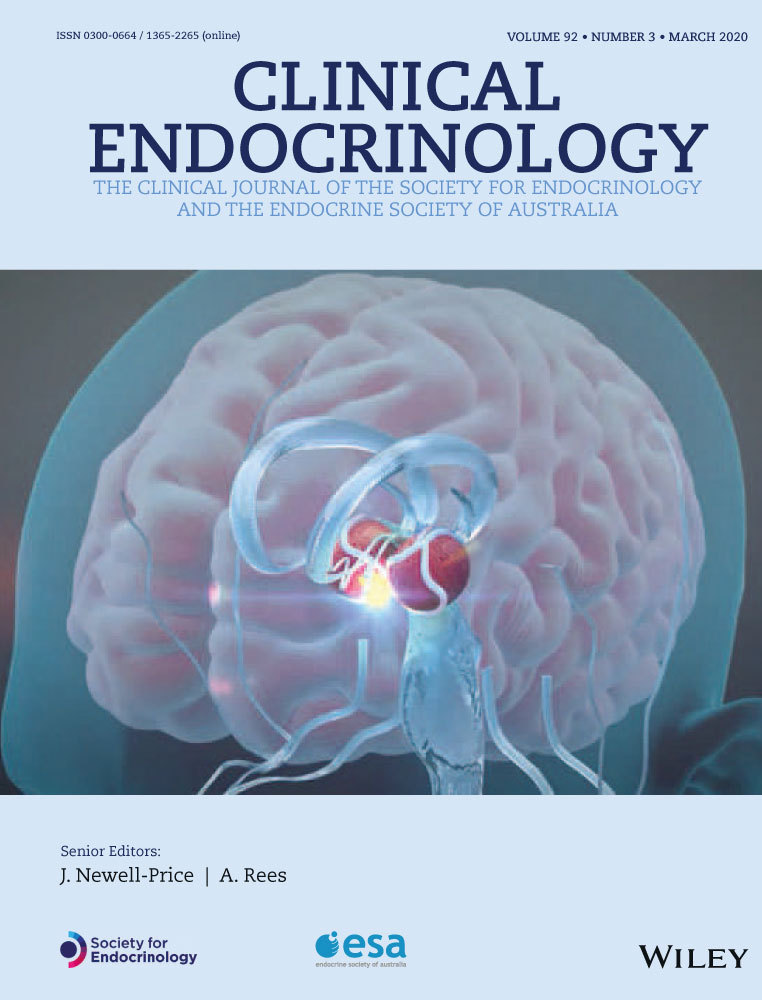Reference range and cutoff value of serum inhibin B to predict successful sperm retrieval: A cross-sectional study of 30 613 Chinese men
Abstract
Background
The power of inhibin B to predict competent spermatogenesis is not fully understood. The aims of this study were to identify the reliable reference range of inhibin B among normozoospermic men in China and to evaluate the diagnostic accuracy of serum inhibin B level as a complementary predictor of successful sperm retrieval in patients with azoospermia.
Methods
This was a cross-sectional study. The male partners of 30 613 infertile couples who visited our hospital were investigated between March 2017 and March 2019. We analysed semen parameters, serum levels of reproductive hormones (inhibin B, FSH and testosterone) and sperm retrieval results from PESA/TESE in Chinese men.
Results
The normal reference range of inhibin B was 87.42-299.93 pg/mL among men with normozoospermia in China. Inhibin B levels were negatively correlated with age (r = −.111; P < .001) but positively correlated with total sperm counts in the overall population, reference group and case group (r = .311, r = .208 and r = .444, respectively; P < .001). Stepwise multiple regression analyses revealed that compared with the FSH and testosterone levels, the inhibin B level had the closest relationship with the total sperm count. The best cutoff value of inhibin B for predicting the retrieval outcome of testicular/epididymal sperm was >77.72 pg/mL (sensitivity = 59.14%, specificity = 92.00% and AUC = 0.801). The inhibin B:FSH ratio (cutoff value > 6.98, sensitivity = 56.99%, specificity = 96.00% and AUC = 0.814) performed better than either the inhibin B level or the FSH level alone.
Conclusion
A new reference range for serum inhibin B was established in China. However, neither serum inhibin B, FSH nor their ratio is adequate for men to decide whether to undergo PESA/TESE to determine the adequacy of spermatogenesis.
DISCLOSURE
All authors declare that they have no relevant financial interests.
Open Research
DATA AVAILABILITY STATEMENT
The data that support the findings of this study are available from the corresponding author upon reasonable request.




